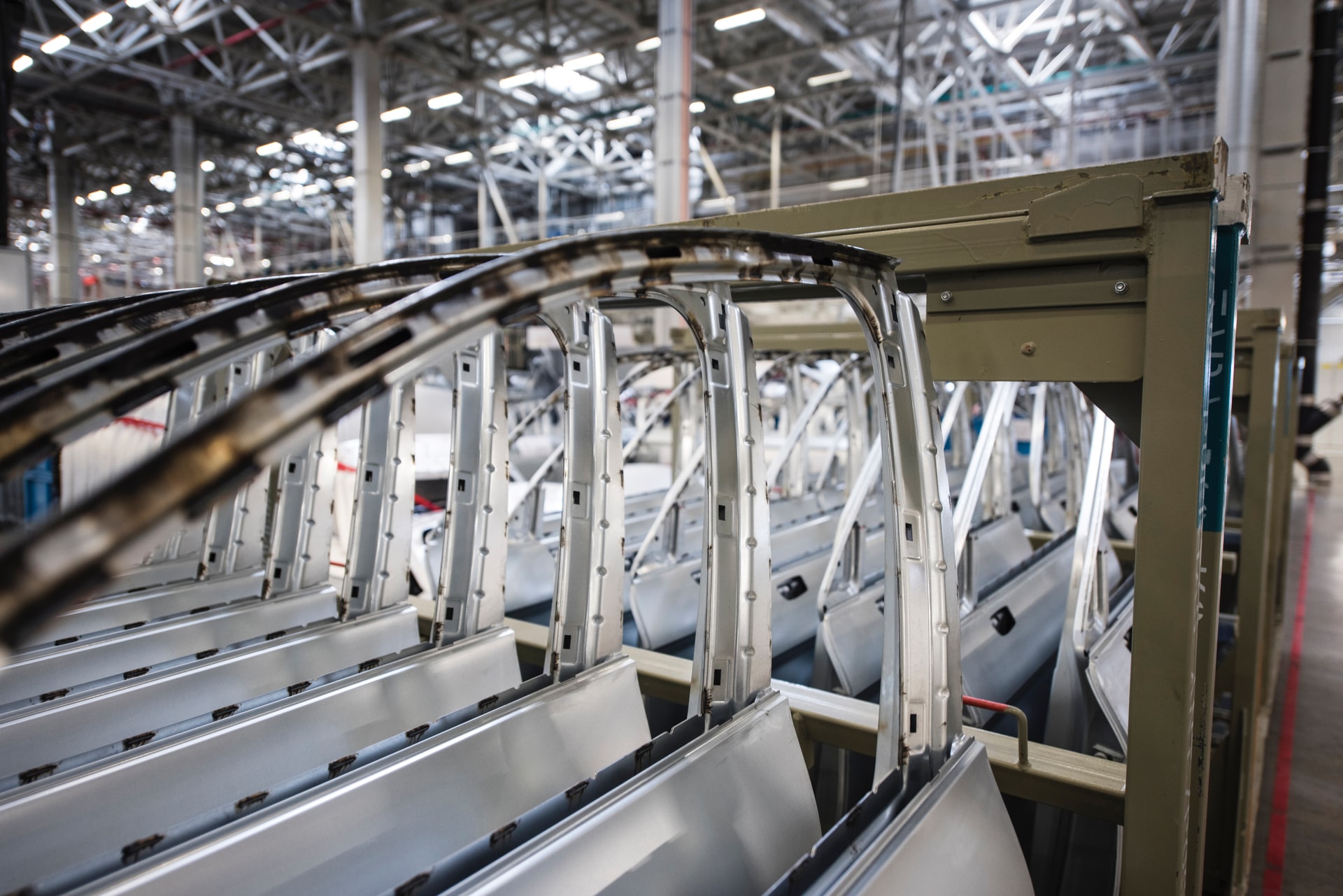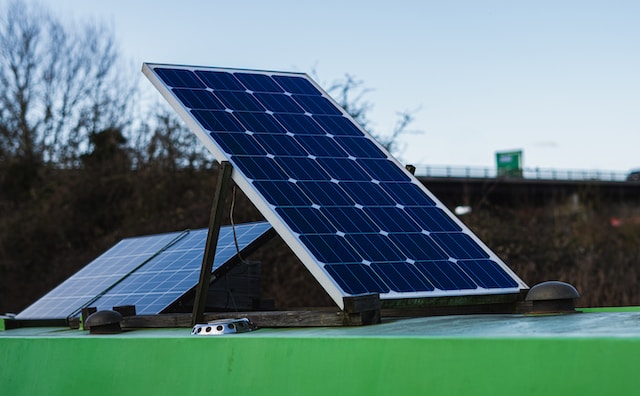Drinking your favorite brew or ice cold soda on a hot, dry day, goes down really easy. But what about the reverse: filling bottles by tens or hundreds of thousands, millions or even billions? Not only that but processing equipment must be versatile and able to handle products as diverse as tomato juice, apple sauce and molasses.
Over the decades engineers have incrementally improved bottling processes, as automation equipment has advanced. These days, companies rely on automation for additional and equally important reasons: meeting stringent health and safety reporting requirements as stipulated in the Food Safety Modernization Act (FSMA).
Consistent & Repeatable Manufacturing Operations
Automation allows a food or beverage company to more accurately track materials used in a process and stick to specific quality parameters, adjusting processes along the manufacturing line to produce a more consistent product. A smart automated production line is highly controlled so that no unforeseen risks are introduced into the creation process. Clipboards and pencils are now replaced by sensors, networks, databases and huge data storage capacity so data from processes stretching back months and years can be reviewed with a fine-tooth comb, long after people have forgotten what happened on a specific day.
Standard operating procedures guide personnel so products are made correctly. Best practices in packaging are integrated into the food or beverage production line as well. Finally, when deviations from quality parameters are detected, line operators adjust process controls, use track and trace procedures, and rapidly analyze causes and find solutions to contain risks and ward off “emergencies.”
A Move To “Non-Intrusive” Flow Metering Technology
A recent source of significant improvement in not only the food and bottling industry but in energy, automotive, medical, pharmaceutical, industrial and research sectors is new types of “flow meters” for manufacturing. Flow meters are used to measure the flow of liquids, gases and other materials in pipes of all sizes. Accurately measuring this flow directly affects the quality of a product and a company’s expenses and profitability.
In fact, the global market for flow meters of all kinds is set to grow 8% annually, reaching $5.1 billion by 2017. There are dozens of types of flow meters but the future seems to favor flow measurement by either ultrasonic or coriolis technologies as these methods are nonintrusive; i.e.: measurement of internal processes occurs from the outside rather than from the inside of pipes.
Highly Accurate, Ultrasonic Flow Metering
Titan Enterprises recently completed a collaborative research effort with Cranfield University that resulted in the patented Atrato, a highly-accurate, low-cost ultrasonic flow meter liquid measurement system for small-bore flow metering. The Atrato monitors laminar and turbulent flows over a range of 200:1, with an accuracy of better than +/- 1.5% and is immune to viscosity.
The Atrato uses a “time of flight” measurement system passing a signal along a pipe with the flow and back up the pipe, against the flow; the difference in these signals allows calculation of the flow rate. The aforementioned research collaboration produced fully symmetrical, concentric signals with a high level of timing accuracy that has eliminated problems previously encountered with this type of technology. The Atrato is designed for high temperatures, up to 230 degrees F (110 degrees C), cool temperatures and oils.
A proprietary signal processing system allows flow measurement over the entire “Reynolds Number” range so both viscous and non-viscous products can be metered accurately. Integration via a USB interface with computer networks allows direct, real time, monitoring and adjustment of flow volume and rates.
- Aatrato_flow meter






